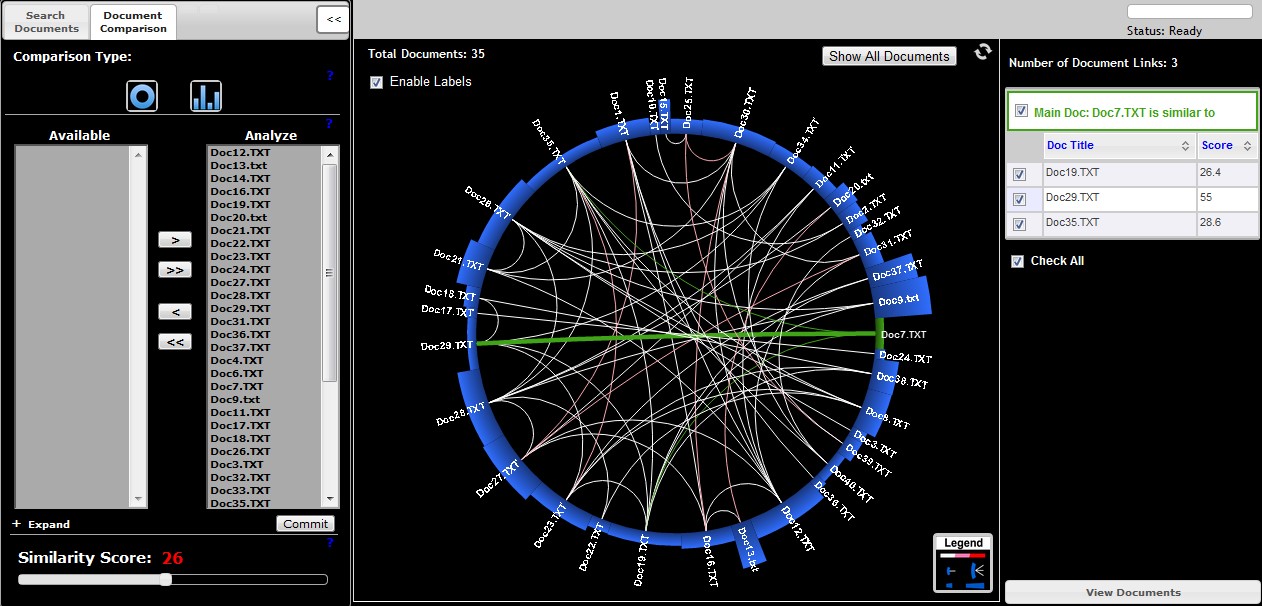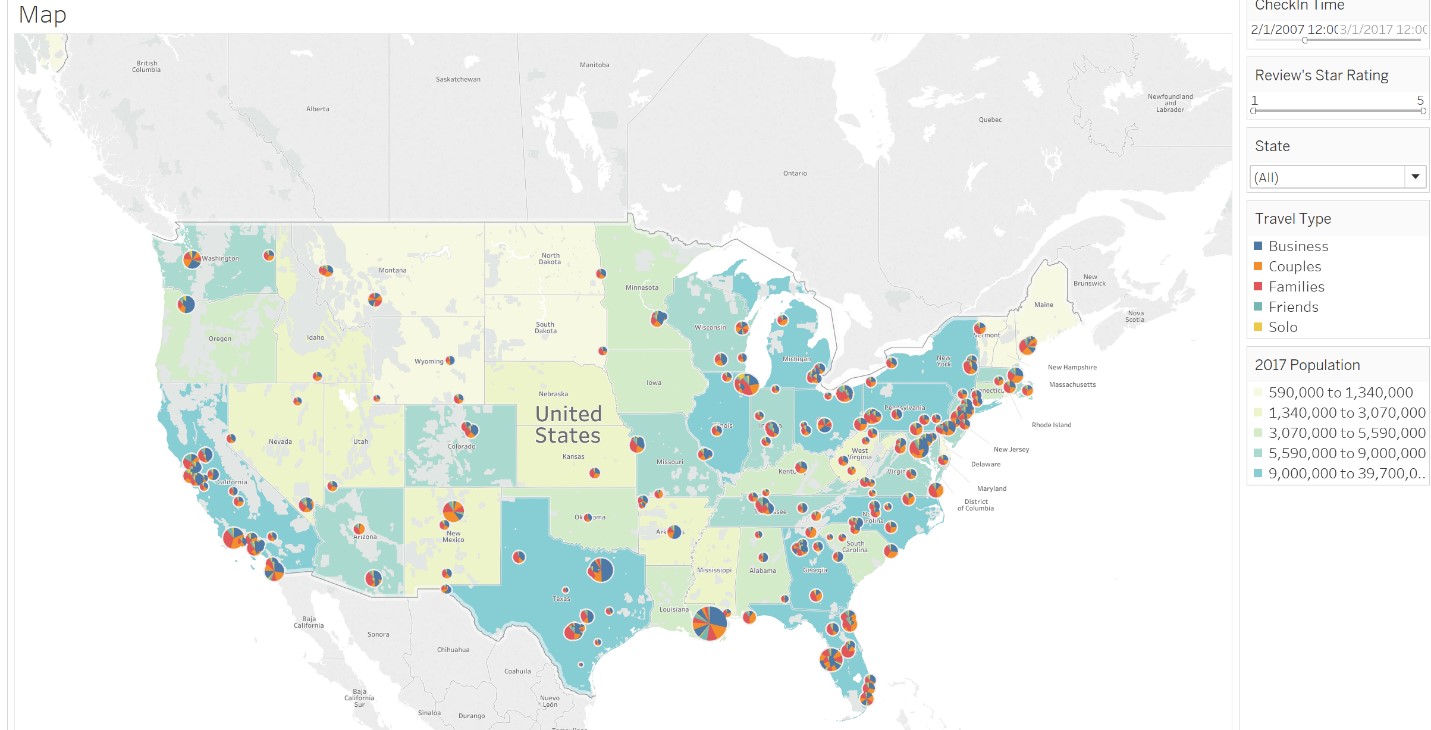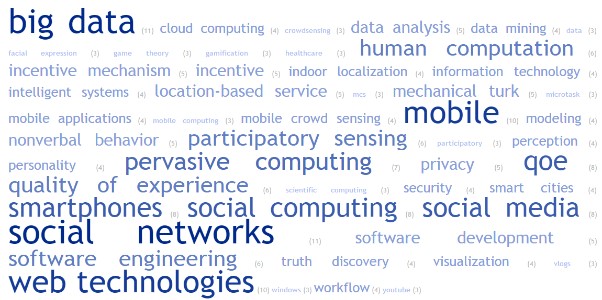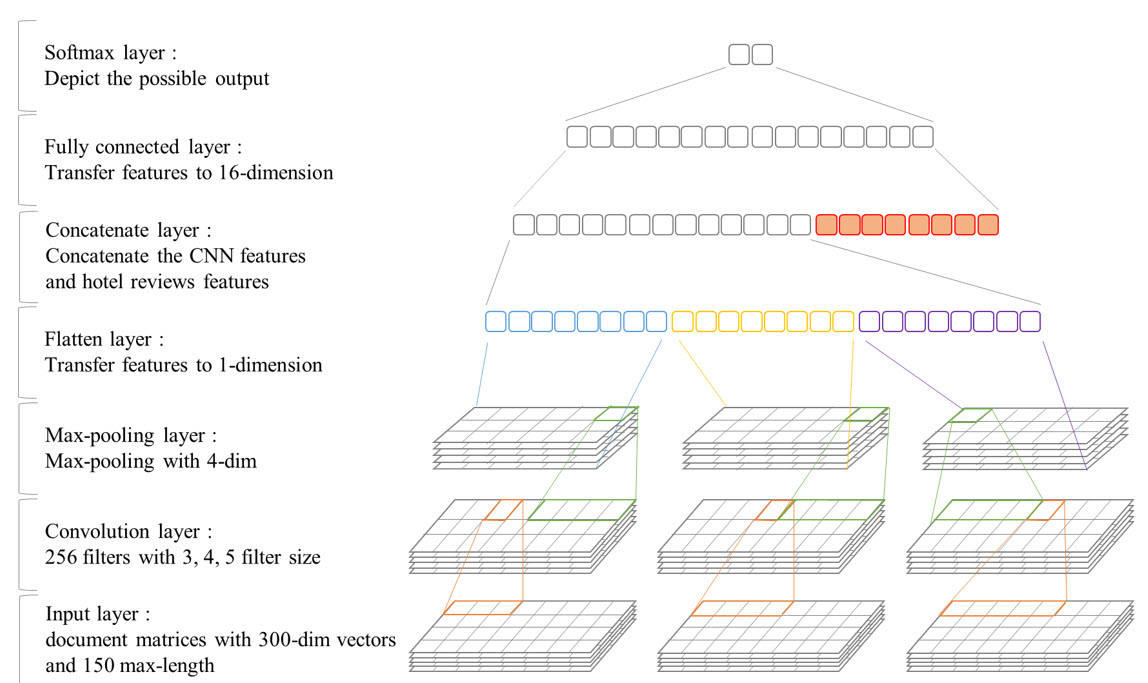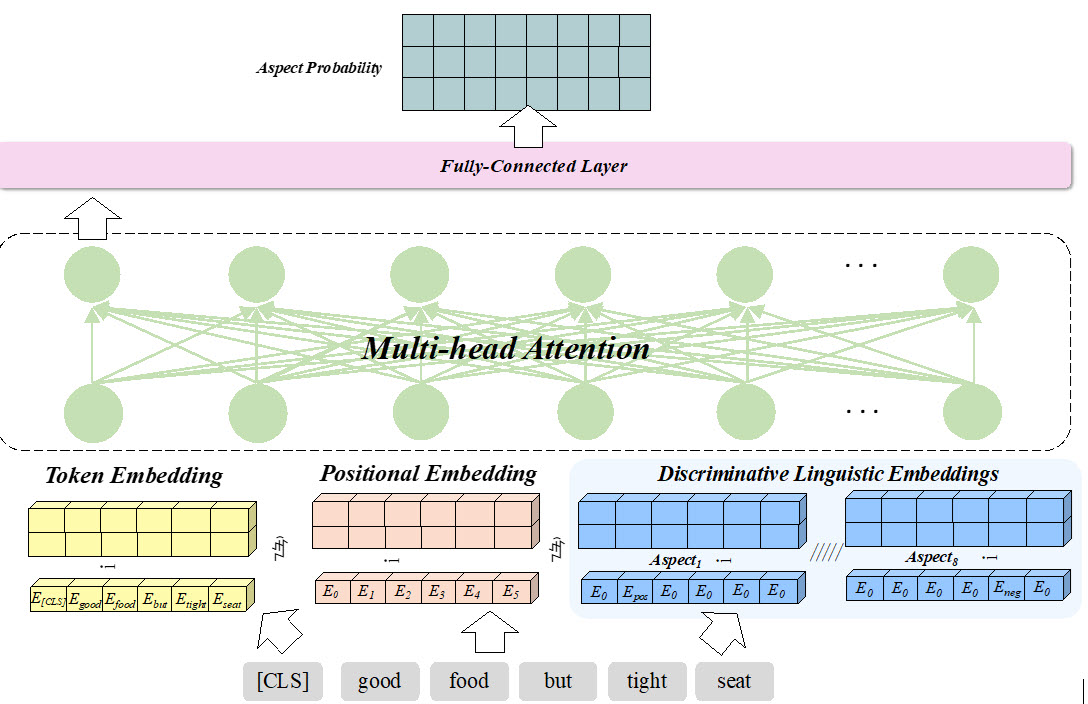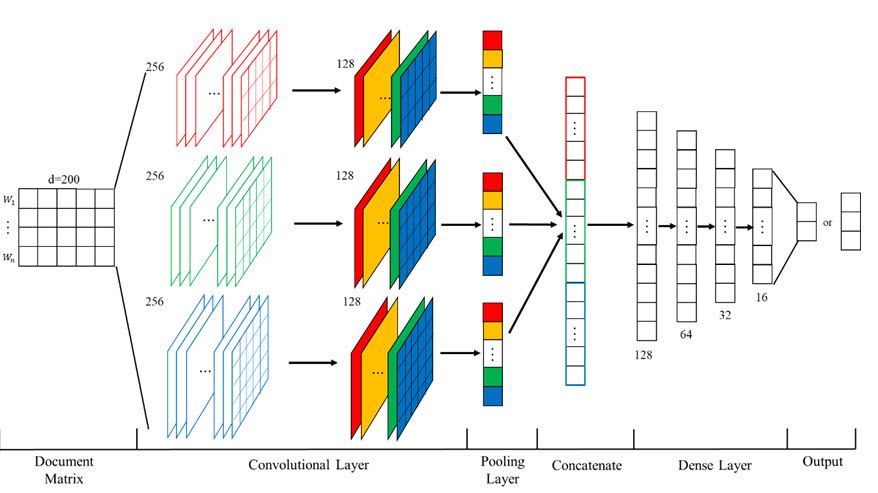Chih-Hao (Justin) is an Assitant Professor in the Department of Information Technology and Decision Science (ITDS), G. Brint Ryan College of Business at University of North Texas. He is currently interested in text mining, deep learning, visual analytics, natural language processing, and healthcare. Any research collaboration is welcome. He is currently an Associate Editor of the Journal of Computer Information Systems.
Denton, TX USA
chih-hao.ku@unt.edu
Office:216-687-4755
Faculty Page
Office:BLB323D

